The fantasy genre is a domain of great imagination and potential, drawing not only from personal creations but ancient religions and mythology, but at times it starts to feel a little well-trodden. Maybe it was the bombardment of at least 12 hours of Tolkien film (great as those hours were). Maybe it was the cheap knockoffs of those movies that got churned out in their wake.
Or maybe it’s because almost all of the stories draw from the same basic lore.
South Asia
For the most part, Asia has a pretty well blended mythology. The rise of Hinduism in India gave rise to the culture of India spreading to other countries and influencing their religions and mythology by relation. When you see Buddhist influences in Chinese, Korean or Japanese myths, you can trace a lot of it back to India because Buddha himself was Hindu before diverging from the previous path. The ideas of reincarnation, karma and the general depictions of the afterlife in East Asia have been primarily influenced by the ideas as they were presented in South Asia.
But not all mythology for East Asia originated in the South, Japan’s heavy Shinto beliefs in the past gave rise to many unique demons and spirits that put a unique spin on their culture. The idea of the Jiangshi was a purely Chinese creation and the Qilin/Kirin’s origins actually had to do with, of all things, a Giraffe. And, by the same token, not everything that originated in South Asia spread very far to the north. For instance, there’s the…
Sharabha
The Sharabha is a chimeric beast in a way that only the Hindus could have envisioned. With eight limbs, the combination of bird, lion, deer and human traits, and the ability to overpower an elephant – you do not screw with a Hindu hybrid creature.
The visual interpretation of the Sharabha changes wildly depending on the story, the artist and the interpretation of the material. Like most Hindu creatures it is the Avatar of a higher deity (in this case Shiva) and thus has the form of whatever the hell that god so pleased. In the stories this form was used by Shiva specifically for calming a berserk Narasimha, a multi-armed man-lion hybrid Avatar of Vishnu who had just brutally killed a wicked man and was lost in a bloodlust.
How that never became a boss on Mortal Kombat is beyond me. Hell, how it was overlooked as the form for Shiva in the Final Fantasy series for so long even when they decided Shiva needed to be overhauled is even more of a travesty.
Hanuman
This, sometimes called an incarnation of Shiva as well, is Hanuman, an ape-like man who participated in a war between Rama, one of the great Hindu deities and Ravana, the king of demons. During his travels, Hanuman helped rescue Rama’s wife by way of doing several superhuman feats that can best be described as defying physics and basic logic. One could say that the best Western comparison to Hanuman would be that of Hercules, as both were semi-divine beings with unfathomable strength carrying out tasks for a god and coming into conflict with a multi-headed monstrosity.
But to leave it there just simply wouldn’t do justice to Hanuman. Hanuman, being a member of the vanara (monkey men!), was a monkey-like humanoid with all of the abilities and drawbacks you would expect of this – strength, agility, lack of ability to swim (possible weakness for bananas). But that’s not all, because Hanuman’s birth was a result of divine intervention by Shiva and, according to some versions, was actually Shiva himself born in a demigod form. So, in this way, Hanuman is also Indian Jesus.
But the way Hanuman approaches things is quite different than the likes of Hercules or Jesus. When faced with overwhelming force, Hanuman’s response is to use shapeshifting powers to shrink himself down to the size of a small animal and sneak past those forces. When having a goddess disbelieving his power, he grows to the size of a mountain to show his impressive power. When required to find a healing herb but being unable to identify what it is, he simply picked up the whole damn mountain the herb was on and took the mountain back with him. And, when faced with his inability to swim, he just grew in size and flew over the ocean with a jump.
So you have a shape-shifting, size-altering, super-strong monkey-man demi-god. You’d think there’d be a comic book of the guy by now in every country. But, hey, with luck there’ll be a statue of him erected at the Oklahoma Capitolif the local Hindus have their way. Which, despite my opinion on the separation of Church and State, I would be kind of amused to see.
Garuda
The Garuda continues the theme of hybrid creatures in Hindu mythology as a man-eagle hybrid with a golden body built like a strong man adorned with crimson wings and a beak. He’s massive, capable of blocking out the sun and carrying the gods on his back. The Garuda was the mount of Lord Vishnu, carrying Vishnu from place to place with incredible speed as one of the fastest creatures around, being the lord of birds. This speed and power result in him being often used as a symbol of violent force and speeds, making him essentially the wind incarnate.
In this fashion, Garuda is often seen doing things that only a creature like himself could do. When his mother became enslaved by her sister, Garuda went to the sister to ask for the price of his mother’s freedom. The sister, realizing Garuda was the god damn Garuda, decided to ask Garuda to get the elixir of life from the gods. This was the secret to their immortality and was the equivalent of Prometheus taking fire from Olympus. Garuda was determined to do this, as being Garuda, this was like taking candy from a baby. Or, as he was Garuda, more like an Eagle taking a baby.
Garuda proceeded to defeat the gods in combat, destroy their defenses and kill the serpents they had left to protect the elixir from him. Taking it in his beak, he flew away only to be confronted by Vishnu, one of the supreme gods of Hinduism. The two met and had a little round of negotiations: Garuda could have immortality without the elixir so long as Garuda was willing to be Vishnu’s mount. Essentially, Garuda defied the gods and they were impressed enough that he was given a job.
But the Garuda is also used as a symbol for healing and protection from poison, illness and snake bites. Being the natural enemy of the Naga race (seen below), the Garuda feasts solely on snakes and is immune to their venom. In the modern day this has been interpreted to mean that the Garuda may be based on the Indian Short Toed Eagle. But ritual still holds that his immunity to venom is divine in nature and that it can be obtained by his worshippers. By invoking the Garuda, people are said to be able to fight off that same venom themselves and some pray to him when suffering from a snake bite or similar ailment. Amulets of him are even worn to try to avoid being bitten by a snake in the first place.
Naga
Of course, this leads us to the Naga. The Naga are snake people, typically represented as cobras at the word “Naga” itself is Sanskrit for cobra. The Naga famously have been known to be the bitter rivals of Garuda, likely due to one of the few predators of cobras being Eagles. In the lore, this grudge started due to being cousins, the Naga being the thousands of children of Garuda’s aunt Kadru. Bitter about having to serve her and her snakes, including the aforementioned heist of the elixir of life, Garuda never quite got over it.
However, despite this rivalry with the Garuda, many depictions of the Naga can be quite positive, not depicted as evil so much as vengeful (a common theme in Hindu lore). These stories usually show the Naga as having human and serpent like traits, sometimes all at once and sometimes appearing as human one moment and snake another. One of the most famous of the Naga is the prince Sesha who carries the universe on his hood and head. This story has some parallels to the Arabian story of Bahamut, the fish which carries the Earth and Atlas, the Greek Titan who was forced to carry the earth. Unlike Atlas, Sesha was rewarded rather than punished with this task, having gained the favor of the god Brahma and being asked by Brahma to bring stability to the Earth.
Because of stories like these, there are some in Southern Asia who go so far as to worship cobras. These worshippers may even capture and raise live Cobras for the sake of their shrines and worship, even going so far as to punish anyone who would actually cause harm to the Cobra. The traditions change from location to location, but the belief that the Naga is a deity of the underworld in some regions and a stabilizing force of the universe in other regions has meant that people will go to great lengths in South Asia to do things that others would believe to be…insane.
And we think the Pentecostals can be crazy


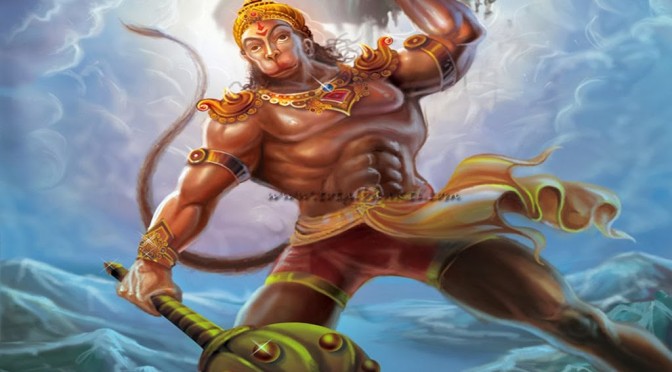

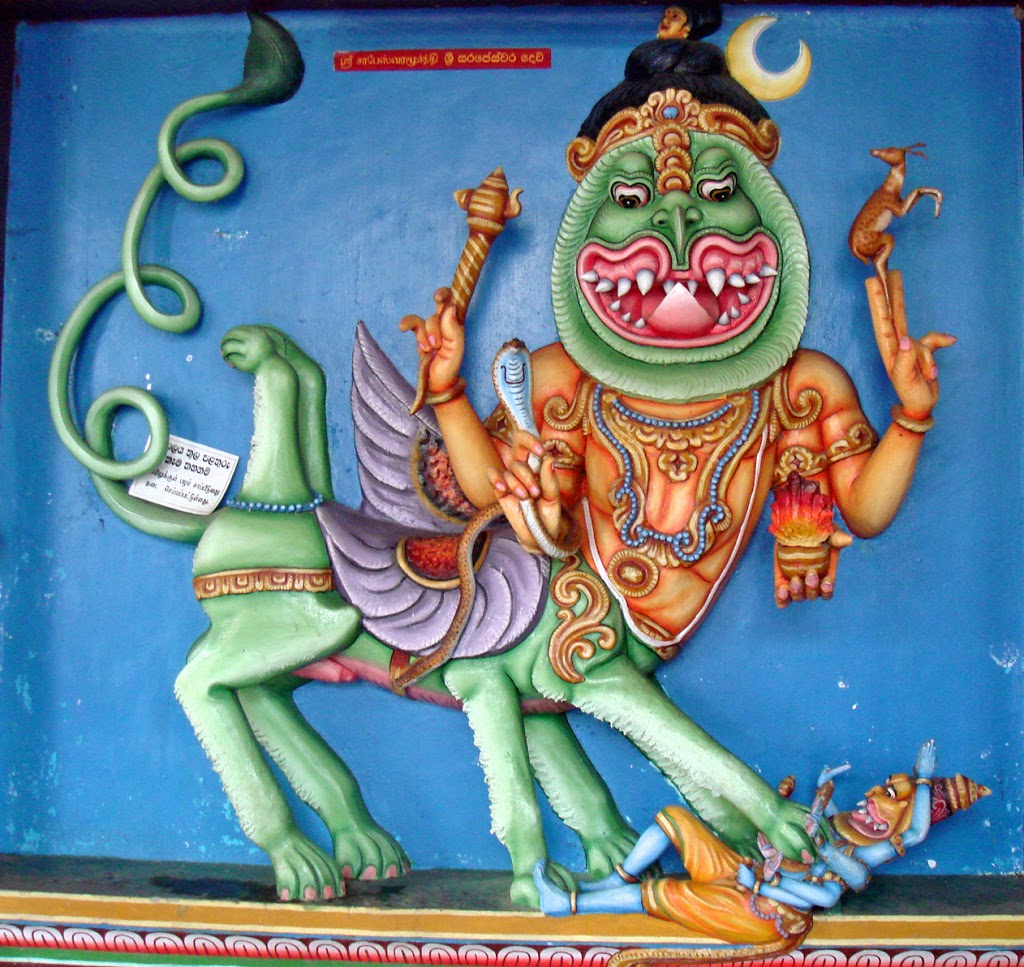
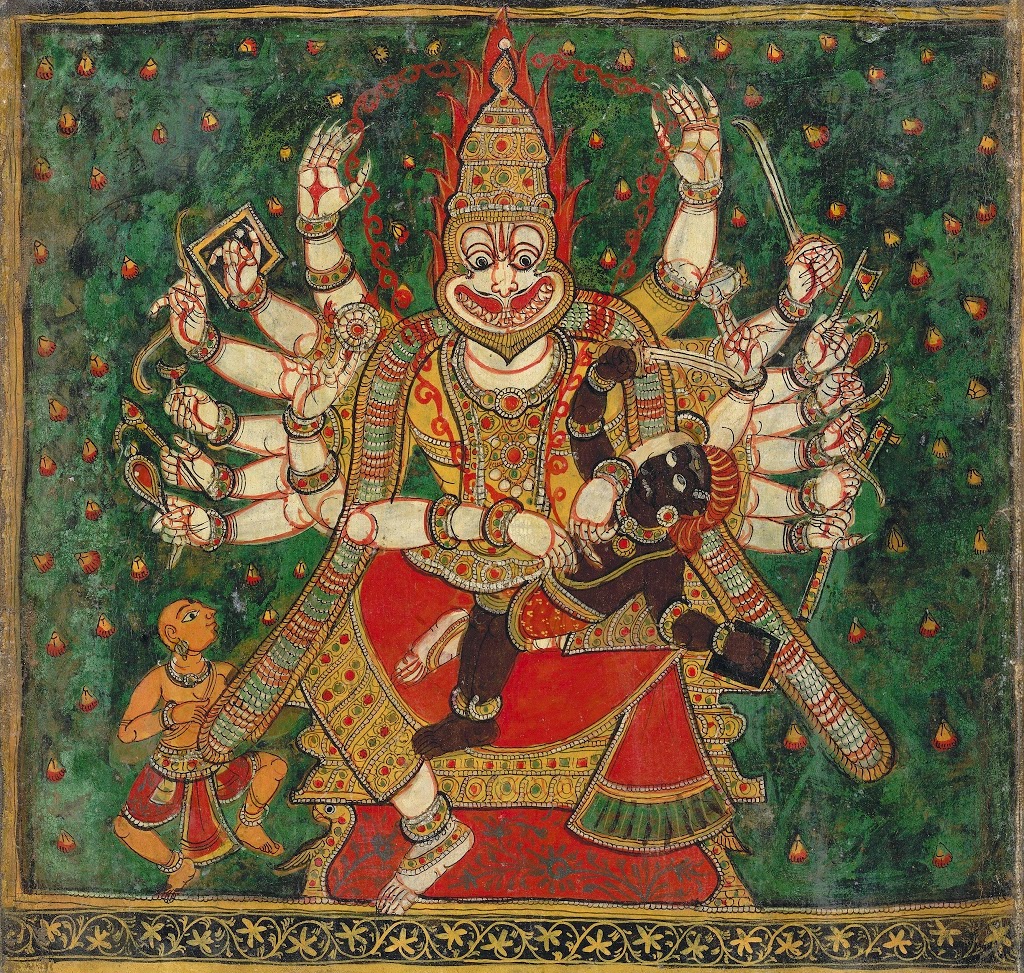
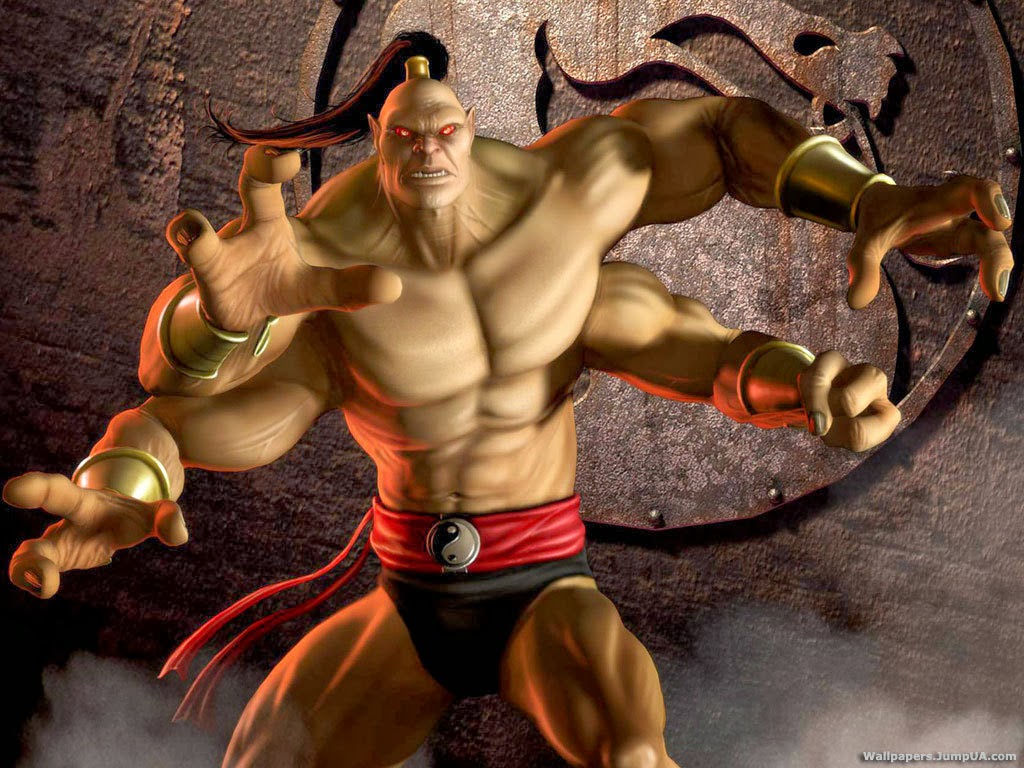
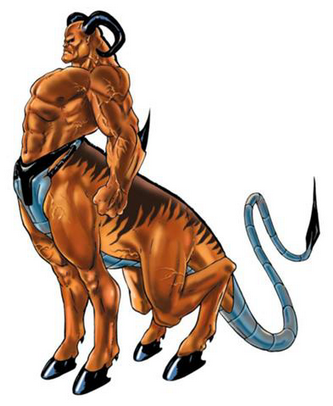


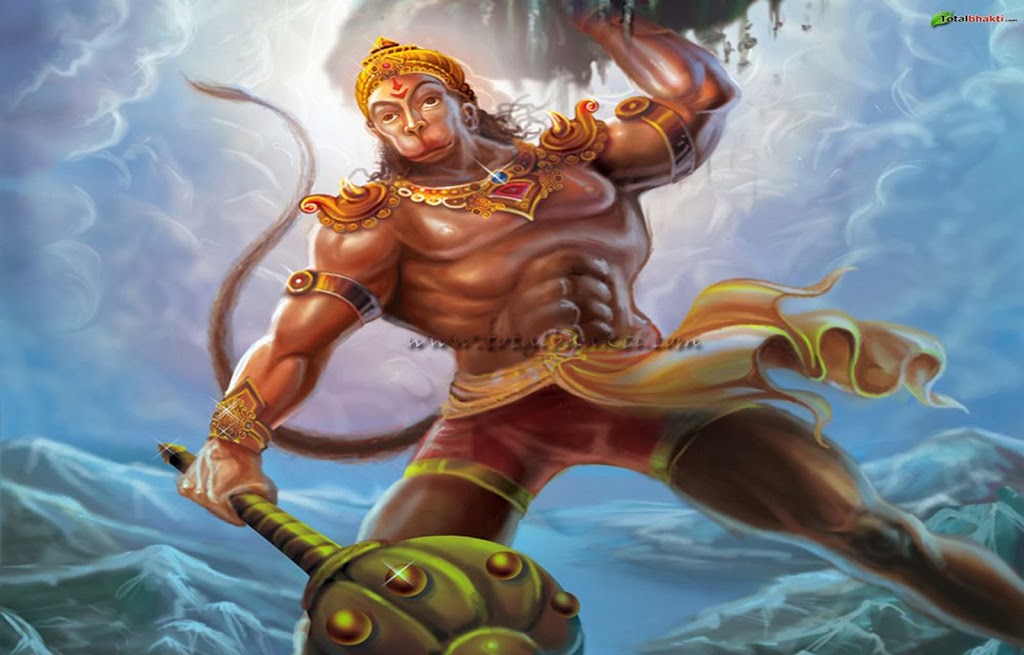
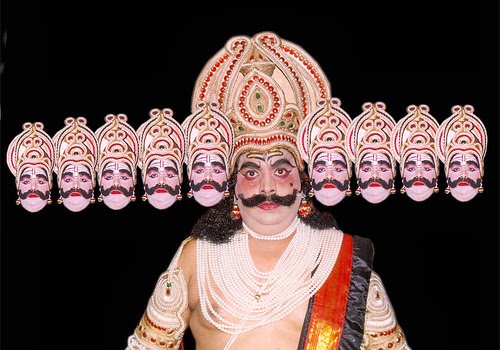
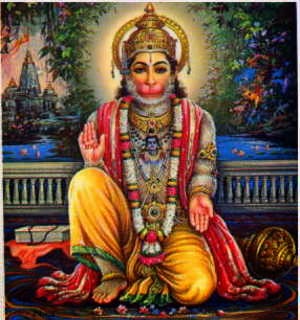
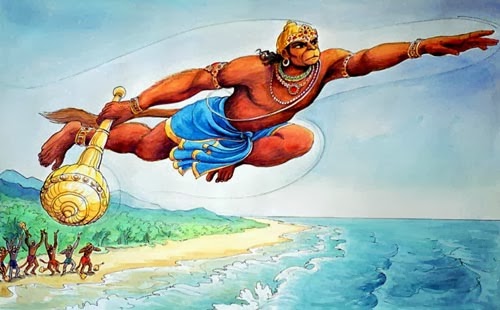



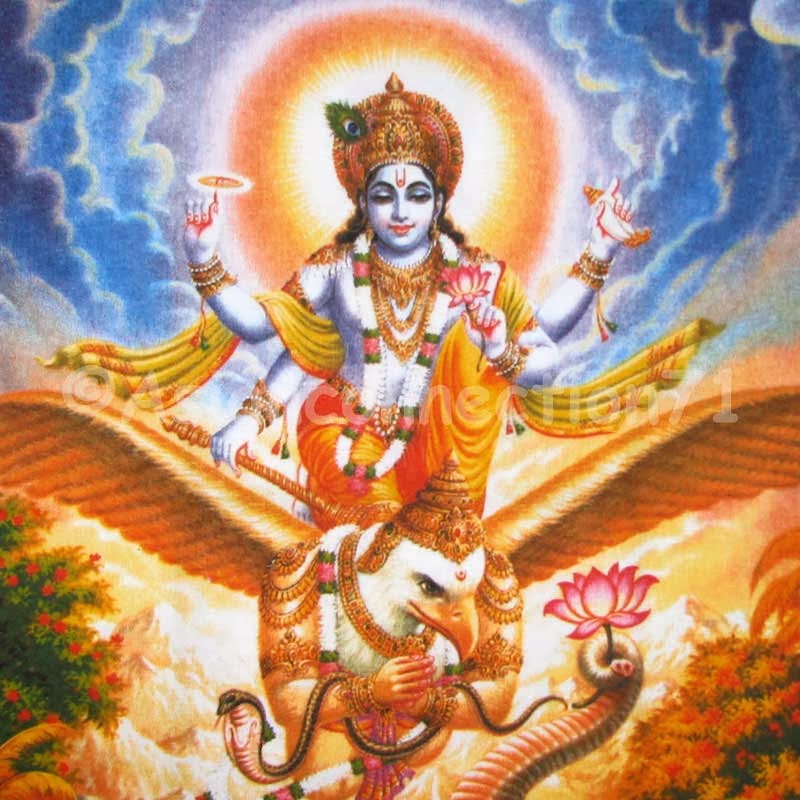
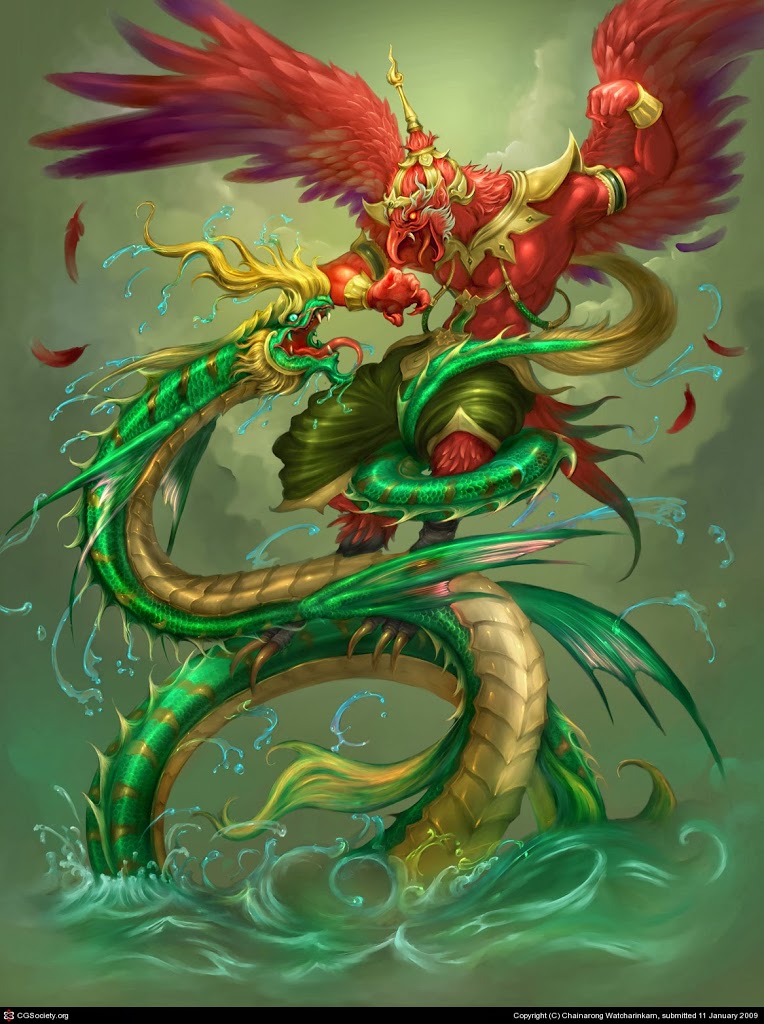

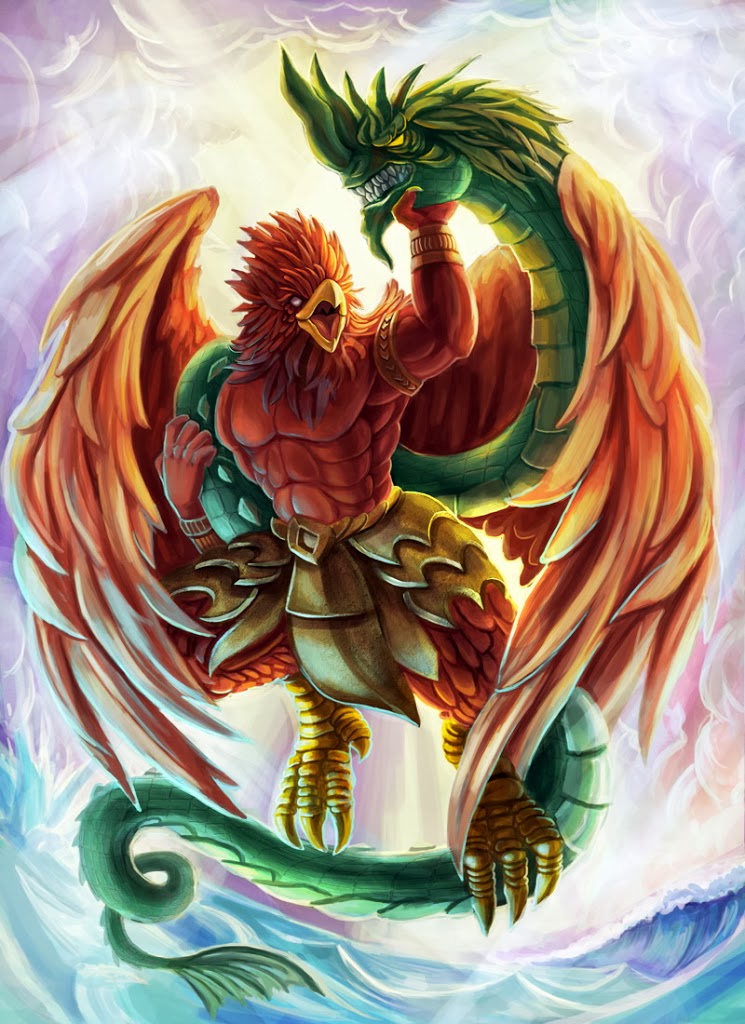
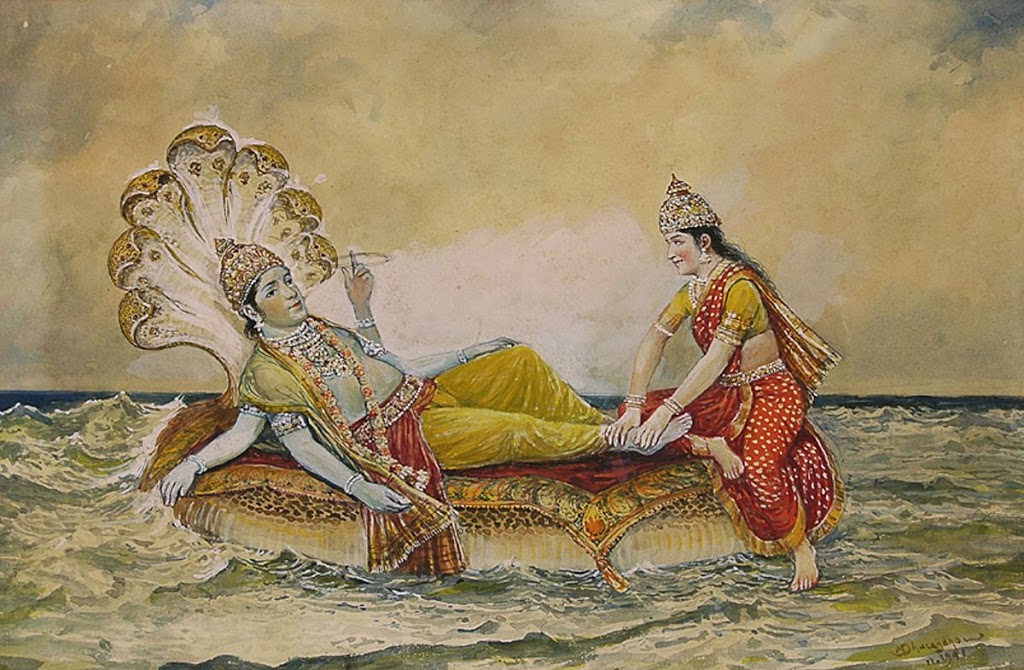





Nice info,thank for information
garuda di dadaku
never forget history
site is fantastic, as smartly as the content!.
and i think the admin of this web page is in fact working hard in support of his website
This blog was… how do you say it? Relevant!! Finally I’ve found something which helped me. Appreciate it!